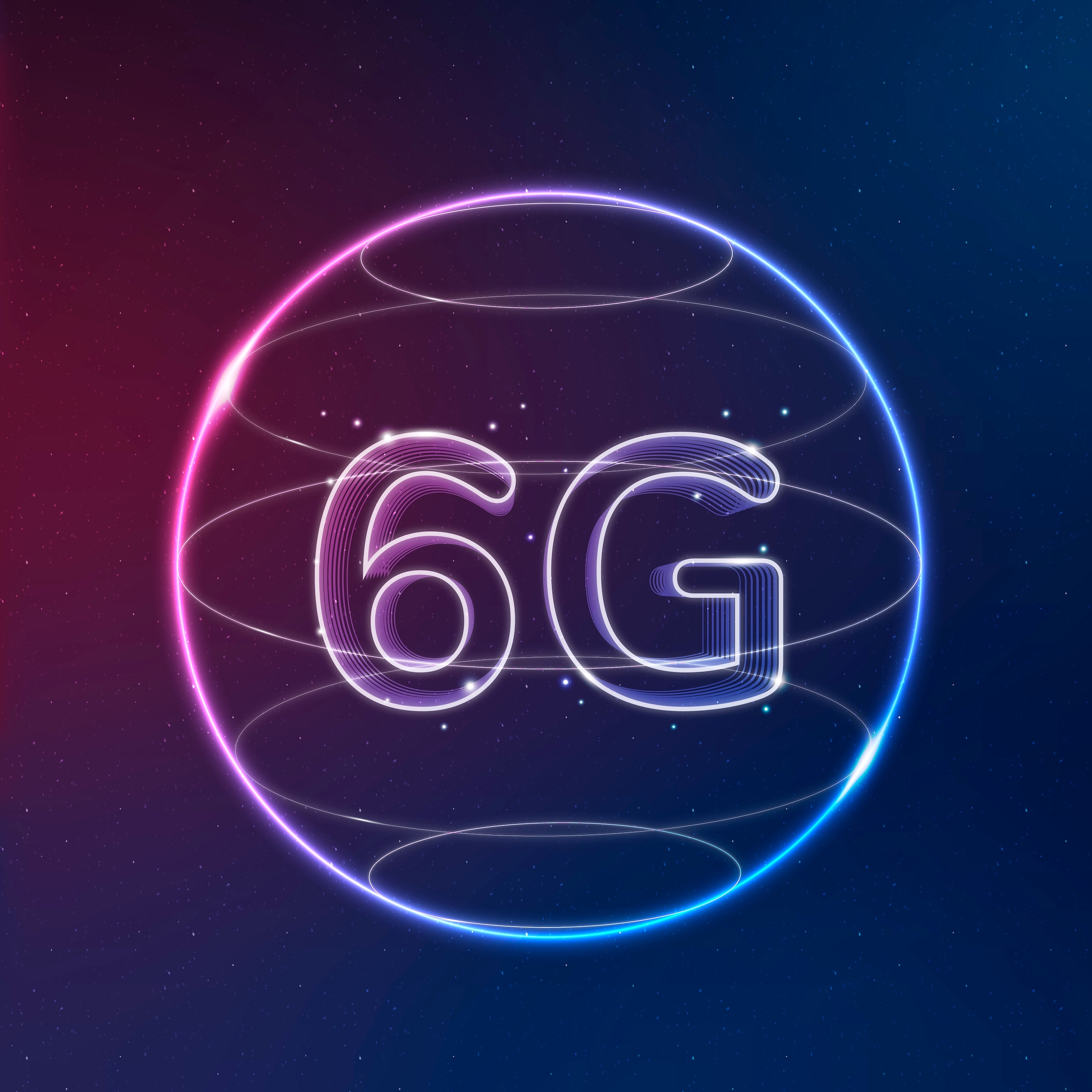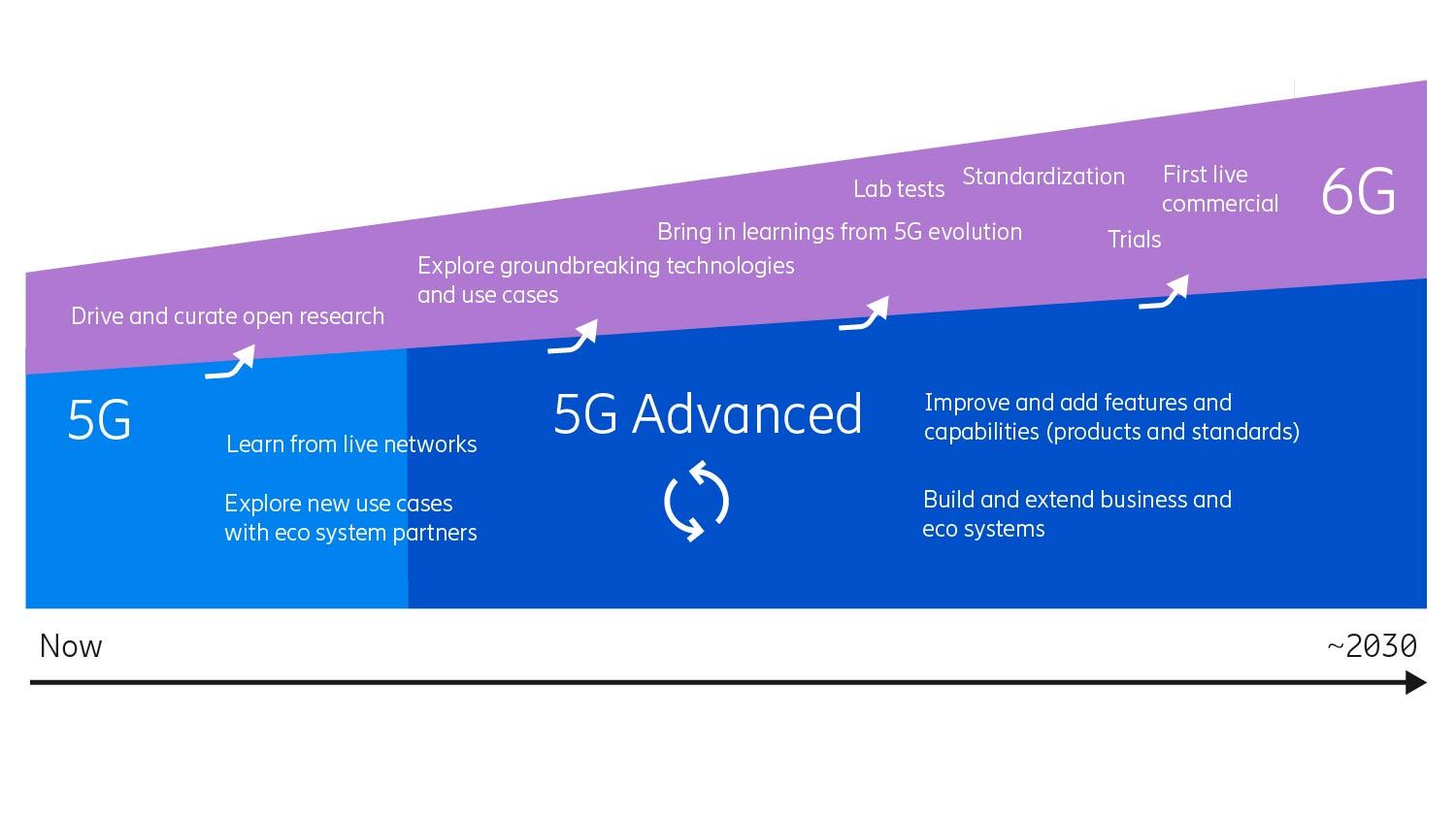We have hardly got a chance to settle down with 5G networks and 6G research is already underway. It is observed that the internet (connectivity) has become our primary need. We are no longer satiated with food, clothing, and shelter. The advent of the 21st century has made food, clothing, shelter, and Wi-Fi our basic necessities.
Wireless technology has made so much progress that within decades, we are researching the 6th generation of this technology – 6G.
Let’s quickly recap the developments:
1G Wi-Fi
The first generation of wireless networks enabled portable cellular network devices and introduced the world to wireless data networks, focusing mainly on voice communication. The network speed was plodding compared to today’s internet speeds.
2G Wi-Fi
The second generation of wireless networks brought with it some wireless data services that enabled us to connect to the Internet via mobile devices, still very slowly. Two iterations of 2G were introduced: 2.5 and 2.75, with data rates between 56kb/s-115kb/s and 384kb/s, respectively. WAP, MMS, and SMS were some of the services available for mobile devices at that time.
3G Wi-Fi
The third generation of wireless technology supported transitions from data carriers to data users. 3Ghz or 3G improved upon its predecessor by adding features such as video calling, mobile TV, location-based services, and faster data transfer speeds, from 8-20Mbps. As the world started to rely on mobile networks for internet use and communication, the industry had to improve on technology to cope with higher demand, which meant 3.5 and 3.75 became available, bringing mobile email and person-to-person gaming.
4G Wi-Fi
The fourth generation of wireless technology enabled us to send messages and stream movies to mobile devices. This technology brought with it the ability to download and upload files faster than 3G phones and handle simultaneous voice and data calls. 4G phones can (with a full signal) download files in just a few seconds.
5G Wi-Fi
The fifth generation of wireless technology promises faster speeds, reduced latency, and increased connections, leading to many more devices being connected simultaneously. In addition to increased speed and reliability. 5G networks will enable many new gadgets and IoT sensors to be connected worldwide with breakneck mobile data speeds. It will provide reliable wireless connectivity for more users in more locations.
6G Wi-Fi
The sixth generation of wireless technology is projected to advance the capabilities of the latest 5G networks and offer enhanced coverage, improved functionality, and ultra-fast mobile data speeds. It is expected to support billions of IoT devices worldwide and enable people to enjoy applications such as Virtual Reality (VR), Augmented Reality (AR), and Mixed Reality (MR).
Why the race to 6G?
6G is expected to be incredibly fast; data speeds up to 1Tbps, at least 1000 times the speed of 5G connections available today. Imagine downloading a two-hour movie in one to three seconds. That’s the sort of speed we can expect from 6G.
6G will operate using millimeter wave frequencies, radio frequencies with wavelengths shorter than one millimeter using signals at the higher end of the radio spectrum.
Companies are allowed to experiment with what’s being called “terahertz waves” or “submillimeter waves.” These are radio bands that fall in the spectrum of 95GHz to 3THz (terahertz).
Terahertz waves come at a higher frequency than millimeter waves, which today are being touted as a kind of Holy Grail solution to network congestion and bandwidth limitations. Advanced versions of 5G depend on millimeter wave bands to carry vast amounts of data at ultrafast speeds with minimal response time.
The catch is that millimeter waves work only over short distances, requiring a “line of sight” between the transmitter and the user. And terahertz waves have even weaker ranges. But if they can be properly harnessed with some novel networking approaches, it can open up even more capacity for doing sophisticated activities over a 6G wireless network.
In the 6G era, the digital, physical, and human world will seamlessly fuse to trigger extrasensory experiences. Intelligent knowledge systems will be combined with robust computation capabilities to make humans endlessly more efficient and redefine how we live, work, and take care of the planet.
In the cyber-physical continuum, it will be possible to project digital objects onto physical objects that are represented digitally, allowing them to seamlessly coexist as merged reality and thereby enhance the real world.
6G roadmap: Growing from 5G to 6G
It is too early yet to define a detailed roadmap for 6G. Research into new technology areas is ongoing in parallel with the evolution of 5G. Learnings from live 5G networks and interactions with the user ecosystems will continuously feed into the research, standardization, and development of 6G.
Around 2030 is a reasonable time frame to expect the very first 6G networks to appear. By that time, society will have been shaped by 5G, with lessons learned from 5G deployment, and new needs and services appearing.
Applications of 6G
Four technology areas will characterize 6G:
Artificial intelligence and machine learning
AI /ML techniques, especially deep learning, have rapidly advanced over the last decade, and it has already been deployed across several domains involving image classification and computer vision, ranging from social networks to security. In 6G, AI/ML will go from an enhancement to a foundation by taking a clean slate approach, where we do away with the complexity, and let AI/ML figure out how to best communicate between two endpoints.
A network that can sense
The most notable aspect of 6G would be its ability to sense the environment, people, and objects. The network becomes a source of situational information, gathering signals that are bouncing off objects and determining type and shape, relative location, velocity, and perhaps even material properties. Such a mode of sensing can help create a “mirror” or digital twin of the physical world in combination with other sensing modalities, thereby extending our senses to every point the network touches. Combining this information with AI/ML will provide new insights from the physical world, making the network more cognitive.
Extreme connectivity
The Ultra-Reliable Low-Latency Communication (URLLC) service that began with 5G will be refined and improved in 6G to cater to extreme connectivity requirements, including sub-millisecond latency. Enhanced mobile broadband combined with lower latency and enhanced reliability will improve the experience of real-time video communications, holographic experiences, or even digital twin models updated in real-time through the deployment of video sensors.
Security and Trust
Networks of all types are increasingly becoming targets of cyber-attacks. The dynamic nature of the threats makes it imperative to deploy sturdy security mechanisms. 6G networks will be designed to protect against threats like jamming. Privacy issues will need to be considered when new mixed-reality worlds combining digital representations of real and virtual objects are created.
What do experts say about 6G?
The 6G research happening now is still in a very early stage, according to Kaniz Mahdi at VMware. A recently-launched group called the Open Grid Alliance is also looking to “re-architect” the internet as a whole so it can better support major applications like control systems for automated cars and factories.
“We are looking to evolve the internet itself,” Mahdi said, noting that VMware is part of the alliance.
As 6G research continues and the technology develops, there are plenty of other challenges that await too. Dr. Mahyar Shirvanimoghaddam, an expert in wireless technology at the University of Sydney, said that environmental sustainability will be a major issue.
“6G is expected to provide the communication infrastructure for billions of devices. These devices need to be constantly powered, and a majority of them will be battery-operated,” he said. All of that manufacturing and energy usage poses a potential threat to the environment unless there are plans in place to reduce the carbon footprint of 6G technology.
“How we will sustainably power all these devices is a big challenge, especially when considering the United Nations’ sustainable development goals,” Dr. Shirvanimoghaddam continued. “This must be taken into account when designing and developing 6G, not to remain as a problem to be solved later!”
Sources:



